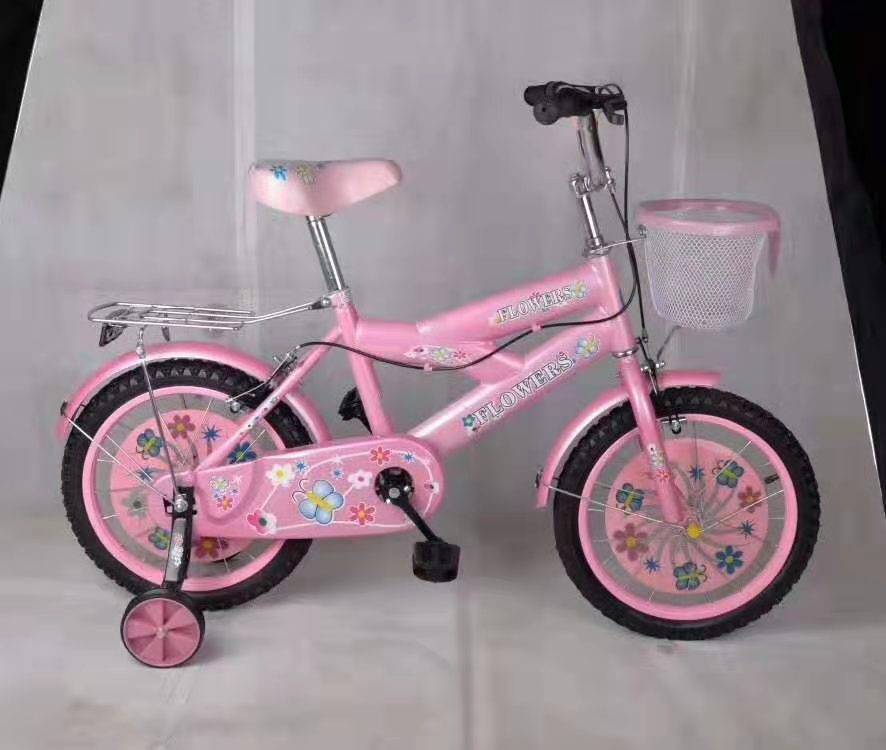Oct . 11, 2024 16:46 Back to list
baby tricycle manufacturing company offering quality and safety for young riders
The Rise of Baby Tricycle Factories A Journey into Early Mobility
In recent years, the baby tricycle industry has seen remarkable growth, becoming a significant segment within the larger children’s products market. The increasing awareness of early mobility and motor skill development in toddlers has led to an increased demand for safe and engaging riding products. Baby tricycle factories have responded to this changing landscape by innovating their designs and expanding their production capabilities, ultimately creating a flourishing niche that caters to both parents and their little ones.
A baby tricycle, often viewed as a child's first vehicle, serves multiple purposes beyond mere transportation. It encourages outdoor play, enhances physical fitness, and develops essential motor skills. Research highlights that engaging in active play during early childhood is crucial for motor development, social interaction, and cognitive growth. Therefore, the rise in demand for baby tricycles can be attributed not only to their fun factor but also to the holistic benefits they provide during critical developmental years.
The evolution of the baby tricycle has been marked by significant changes in design, materials, and safety standards. Factory owners now prioritize using non-toxic materials and implementing rigorous safety tests to ensure that each product can withstand the lively antics of toddlers while keeping them secure. Features such as adjustable seats, safety harnesses, and sturdy frames have become standard in modern designs, contributing to parents' trust in these products.
Innovation in Design and Technology
Tricycle manufacturers continually innovate to capture the interest of children and fulfill the demands of parents. Many contemporary tricycles now incorporate elements of multifunctionality. For instance, some designs feature push handles that allow parents to steer the tricycle when children are too small to ride on their own. Others include removable components, allowing a gradual transition from full parental control to independent riding. Such designs not only extend the product's lifespan but also provide value for money, an essential factor for parents.
With the rise of technology, baby tricycle factories are also integrating smart features into their products. Some models are equipped with sensors that can detect the child’s weight and adjust resistance, offering an engaging riding experience that can grow with the child. Others feature Bluetooth connectivity, enabling parents to monitor their child's riding habits and provide feedback through a mobile app. These innovations exemplify how factories are embracing technology to enhance early childhood experiences.
baby tricycle factory

Sustainability in Production
As the global conversation shifts towards sustainability, baby tricycle factories are also adopting eco-friendly practices. Many manufacturers are sourcing biodegradable materials for production and using water-based paint for finishing touches. The push for sustainable production methods ensures that while companies cater to children's needs, they are also mindful of their environmental footprint. Factories that invest in green technologies not only appeal to eco-conscious parents but also contribute positively to the planet’s health—an essential consideration for future generations.
Challenges and Opportunities
Despite the promising landscape, there are challenges facing baby tricycle factories. Increasing competition and the proliferation of online marketplaces have made it imperative for manufacturers to differentiate their offerings. Moreover, fluctuating raw material costs can impact profits. Factories must therefore adopt agile manufacturing practices and foster strong relationships with suppliers to manage these challenges effectively.
However, these challenges also present opportunities for growth. By tapping into global markets and diversifying product ranges, factories can expand their reach. The demand for baby tricycles continues to rise in developing nations, where parents are eager to provide their children with safe, entertaining, and educational products. Factories that can adapt to local preferences and cultural nuances are likely to succeed in these burgeoning markets.
Conclusion
The baby tricycle factory stands at the intersection of innovation, safety, and sustainability, playing a vital role in the development of early childhood mobility. As the industry evolves, manufacturers are not just producing toys but are crafting vehicles that foster growth and exploration. With technological advancements, a commitment to eco-friendly practices, and a deep understanding of consumer needs, the future of baby tricycle manufacturing looks bright. Ultimately, these factories contribute to the overarching goal of enriching children's lives, ensuring that their first experiences of mobility are safe, joyful, and memorable.
-
Wooden Kids Tricycle - Eco-Friendly & Safe Ride for Toddlers
NewsAug.02,2025
-
Premium Wooden Tricycle for Kids | Safe & Eco Play
NewsAug.01,2025
-
Wooden Tricycle for Kids | Safe, Eco-Friendly Ride
NewsJul.31,2025
-
Wooden Tricycle for Kids - Vintage & Two Seater Options Wholesale
NewsJul.29,2025
-
Wooden Tricycle for Kids – Vintage & Two Seater Wholesale Options
NewsJul.28,2025
-
Premium Wooden Tricycle for Kids – Safe, Stylish, Two Seater Options
NewsJul.27,2025
